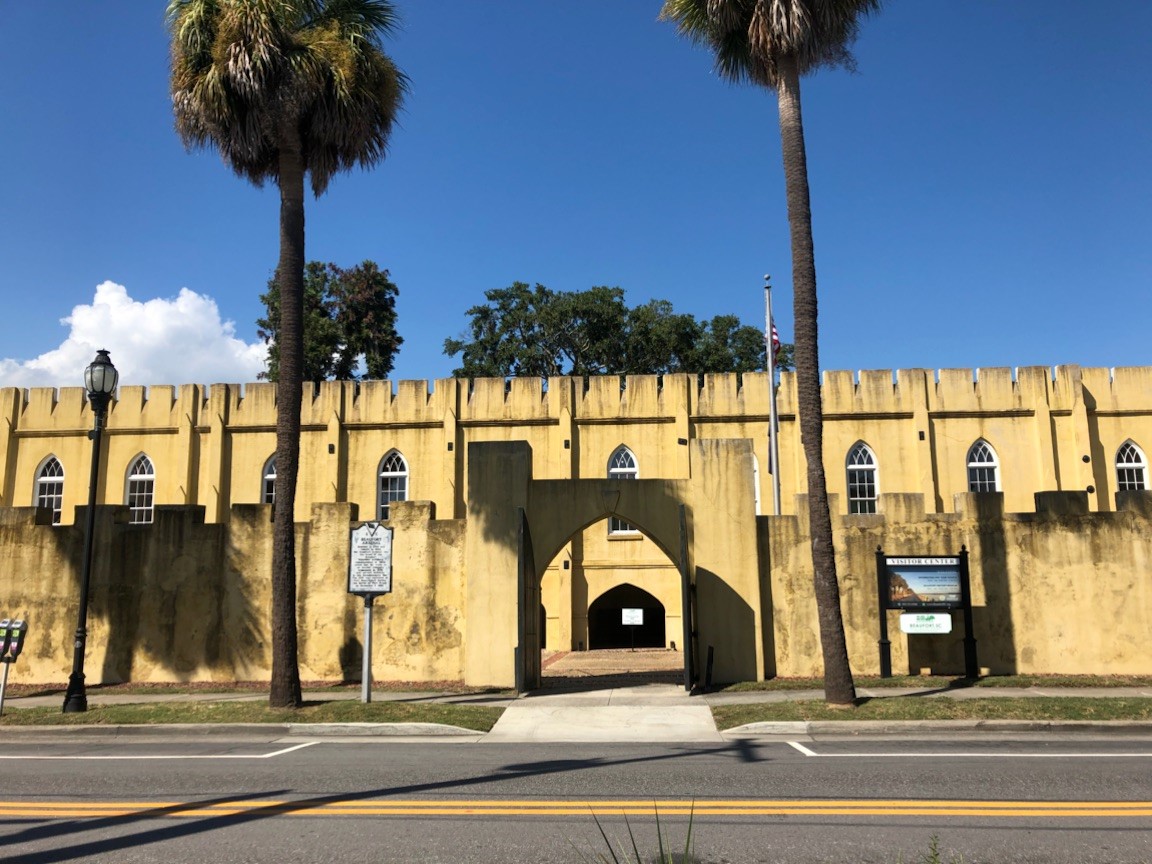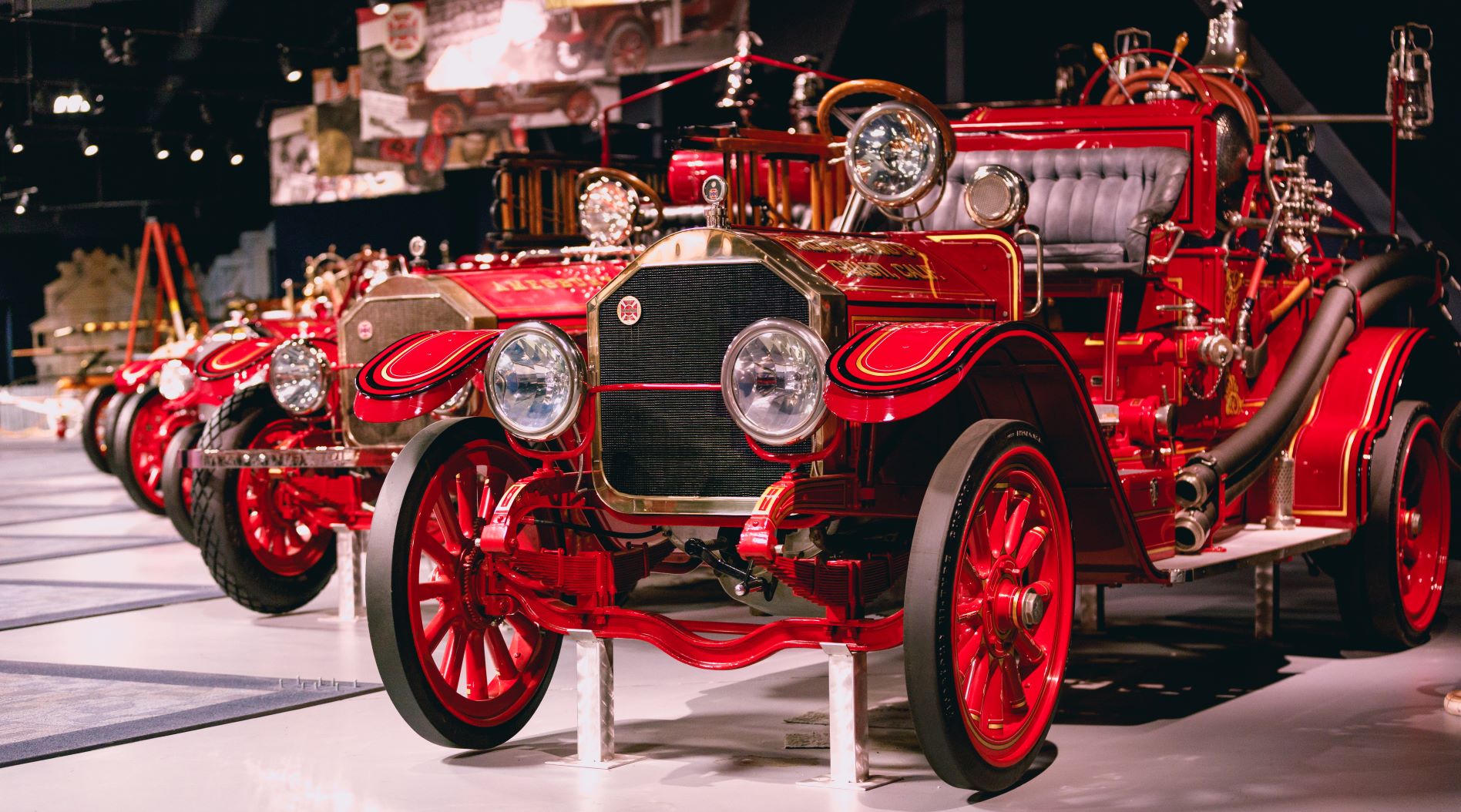Museums about local history and culture bring rich rewards in the form of placemaking and tourism. But a city's decision to open or support a museum should carefully weigh questions about funding, upkeep, staffing and insurance.

The Beaufort History Museum is located on the second
floor of the historic arsenal built in 1798. Photo: Phil Cromer.
"Museums that occupy a historic building are going to require significantly more money to maintain their architectural integrity and also their structural integrity," said Scott Moulder, city administrator for the City of Seneca.
He and other city officials with experience working with local museums have a variety of suggestions for any municipality that may seek to open a gallery to highlight local art, culture or history.
Among their suggestions
- Try to get a regular funding line in the city's budget to reduce uncertainty surrounding the museum's operations and upkeep.
- Be financially prepared to make unscheduled repairs and upgrades.
- Work to extend museum benefits and accessibility to as many city departments — from the fire department to arts and culture department — as possible. Include the museum as a component of any summer camps the city may offer.
- Partner with local organizations, such as public libraries and other historical or cultural centers, on events and collections.
- Think of local museums as a draw for tourists but also as meeting and event space for local residents.
'A jumping off place'
In the City of Beaufort, City Councilman Phil Cromer serves as ex officio board member of the Beaufort History Museum, which is located on the second floor of the historic arsenal that was built in 1798 for the Beaufort Volunteer Artillery.
The city owns the building but leases it for $1 a year to the Greater Beaufort-Port Royal Convention and Visitors Bureau, the designated marketing organization for the city. The bureau, which assists in marketing for the museum, then sublets to the museum for its share of utility costs.
"We consider our museum a jumping off place," said Cromer.
"We cover the history not only of City of Beaufort but from the Combahee River north and east, bordering Colleton County, 50 miles inland and all the way to Jasper County. You've got to remember one of the things we try to focus on in Beaufort is the reason that people throughout history settled here was the location. We try to make it a comprehensive story, the history of the whole district. And if you have a particular point of interest, we'll direct you to that location, such as the Penn Center, Santa Elena History Center or other places for more information."
Cromer said for local museums, such as Beaufort's which depends on public membership, it's a good idea to identify corporate sponsorship and other ways of raising revenue. Currently the museum is largely operated by a volunteer group, which created a 501(c)(3) organization for the museum. Membership revenue, admission fees, city and county accommodations taxes, grants and money donated by a resident after his death, support its operations and collections, along with grants and funds the city uses for emergency repairs or improvements. The City of Beaufort owns the artifacts and photographs that make up the museum collection.
"It's important to keep your collection and exhibits as relevant and interesting as possible, not only for visitors but locals as well," he said. "Establishing relationships with other museums and partnering with similar historic organizations can help leverage your collection through traveling exhibits and loans."
For the North Charleston Fire Museum, one unexpected big-ticket item came in the form of programming change.

The North Charleston Fire Museum offers a collection of interactive
displays and historical artifacts. Photo: North Charleston Fire Museum.
"We have a theater in the middle of the museum that featured a show that was supposed to be on the history of firefighting with local history mixed in," said Renee Frye, the museum coordinator.
"But as it came to pass, it really wasn't applicable to a lot of the groups that were coming through. We felt they weren't getting anything out of it. The city was very supportive in allowing us to replace that show in the theater with a fantastic, instructive show for all ages — An interactive sensory theater with water that sprays on you and shows you how to develop a fire plan to get out of your house."
Frye said the museum was fortunate to have the full support of city council and was able to replace the theater program with funds from a bond issue. The museum is owned and operated by the city on land that was donated. Museum staff presents budget needs to council, just like any other city department.
Planning ahead for expected and unexpected expenses is key, she said.
"It could be that we need to replace even a projector or just making sure you have adequate funding to keep the facility running and working with risk management personnel to make sure you're insured," said Frye. "That is important — When you host the public, you need to be protected."
She emphasized the cross-departmental involvement that occurs at the fire museum — from city summer camps where children tour the museum to advice and consultation from the fire department to the display of art work from the arts programs.
"We love working with any and every department within the city," Frye said.
Benefits for residents
In the City of Seneca, Moulder said it's important for municipal officials to determine what impact a local museum will have on the community. He pointed to Seneca residents' frequent enjoyment of their local museums — the Bertha Lee Strickland Cultural Museum, which provides insights into the African American woman's life and times, and the Lunney House Museum. At about age 13, Strickland began working as a laundress for John and Lilian Lunney and did so for nearly 50 years, eventually serving as Lilian Lunney's maid and caregiver until 1969.
"Not only do we market it as a tourism device to generate foot traffic, but it's also a community facility," Moulder said. "We have parties at the museum. We create consortiums with art studios, churches, and organizations involved in culture and heritage. We try to create a team-like approach, in which we help each other."
The city held a Kentucky Derby viewing party in the backyard of the Lunney House Museum, where people wore traditional hats. The Bertha Lee Strickland and Lunney museums are on adjacent property, allowing the city to clear trees between them with plans to someday have joint events.
"We think of it not only as a museum for tourism but also a way to connect our community and use the space for cultural events."
